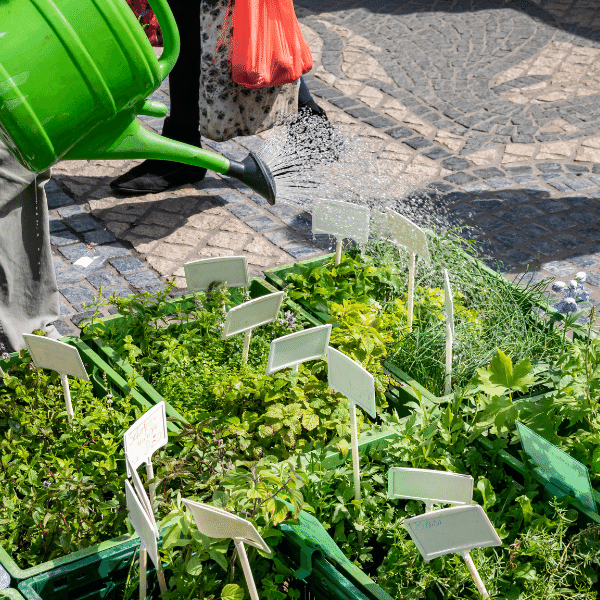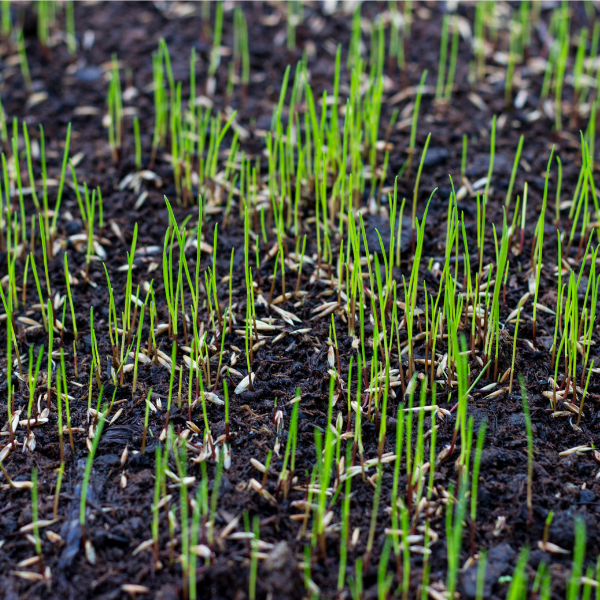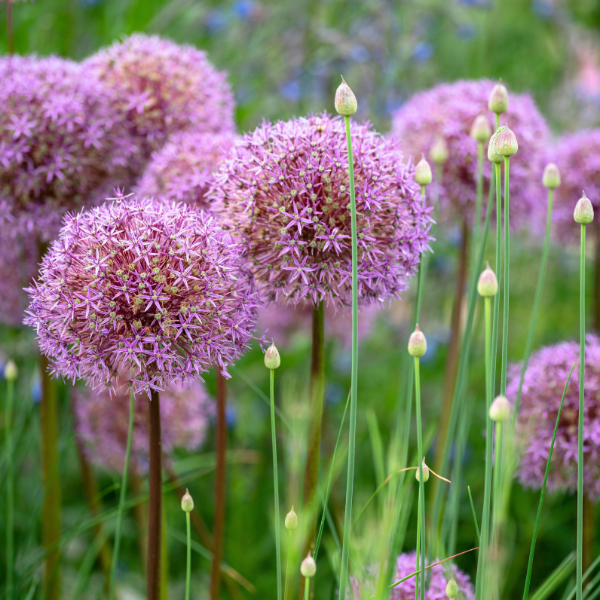How to Plant Your Tomatoes
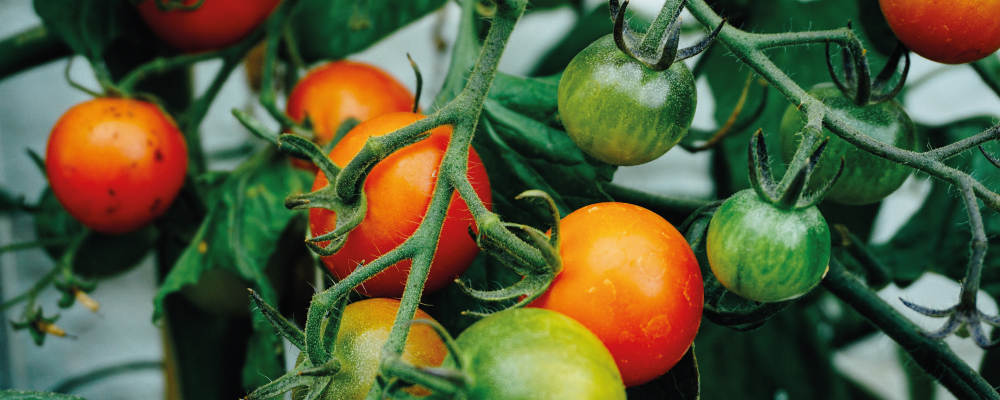
Now the ground is beginning to warm up and the night are getting warmer too, it’s the perfect time to think about planting your tomatoes outside. There really is nothing better than a constant supply of tomatoes throughout the summer, ideal for salads, cooking and bbq’s.
Step 1 - Preparing the soil
If you’re planting in the ground be sure to give the soil a good dig over to break up any hard soil and remove any weeds or old plant roots.
We recommend you add some fresh compost and farmyard manure to the soil and dig in to the soil and mix thoroughly.
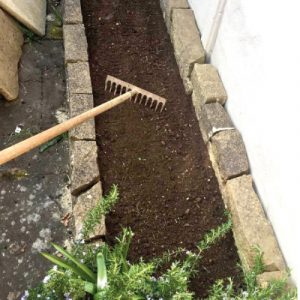
Step 2 - Supports
As your tomatoes grow they will need to be supported and tied to a cane. We’ve used one central cane to support the main stem and will tie this gently to the main stem as it grows. To support the lateral stems we have used metal plant supports which are ideal as they give the plant room to spread evenly.
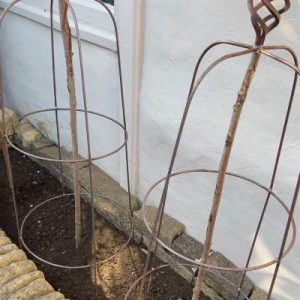
Step 3 - Planting
Dig a small hole next to the central cane you pushed into the ground. Gently remove the tomato plant from the existing pot and tease out some of the roots. Place in the hole and fill back round with soil and gently firm the soil back around and make level.

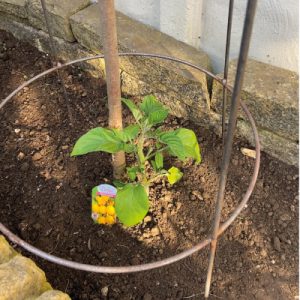
Step 4 - Watering and Feeding
After you have finished planting be sure to water in your newly planted tomato plants. As they begin to grow you can start to feed with a general purpose plant feed. As the plants reach 40-50cm you can start to feed with ‘tomorite’ as this will encourage flower growth which in turn will result in more fruit.
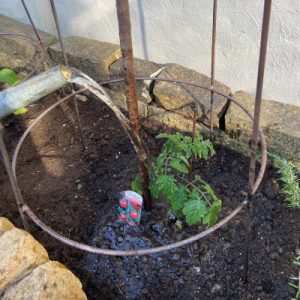
Step 5 - Pinching out
Once the plant has developed at least six pairs of true leaves, it's important to pinch out sideshoots. These tiny shoots grow between the main stem and the leaves, and can be removed by gently picking them off the plant with your fingers.
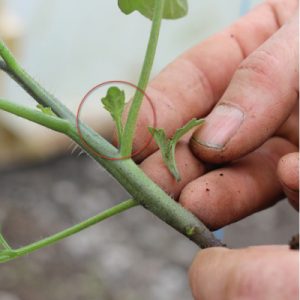
Additional points – Keep your tomatoes well-watered and check regularly for any pest and disease. These can be dealt with in a safe and organic way. If we do experience any late frosts overnight it is worth investing in some horticultural fleece to wrap around the supports at night to protect the plants.

 2,768 REVIEWS
2,768 REVIEWS


